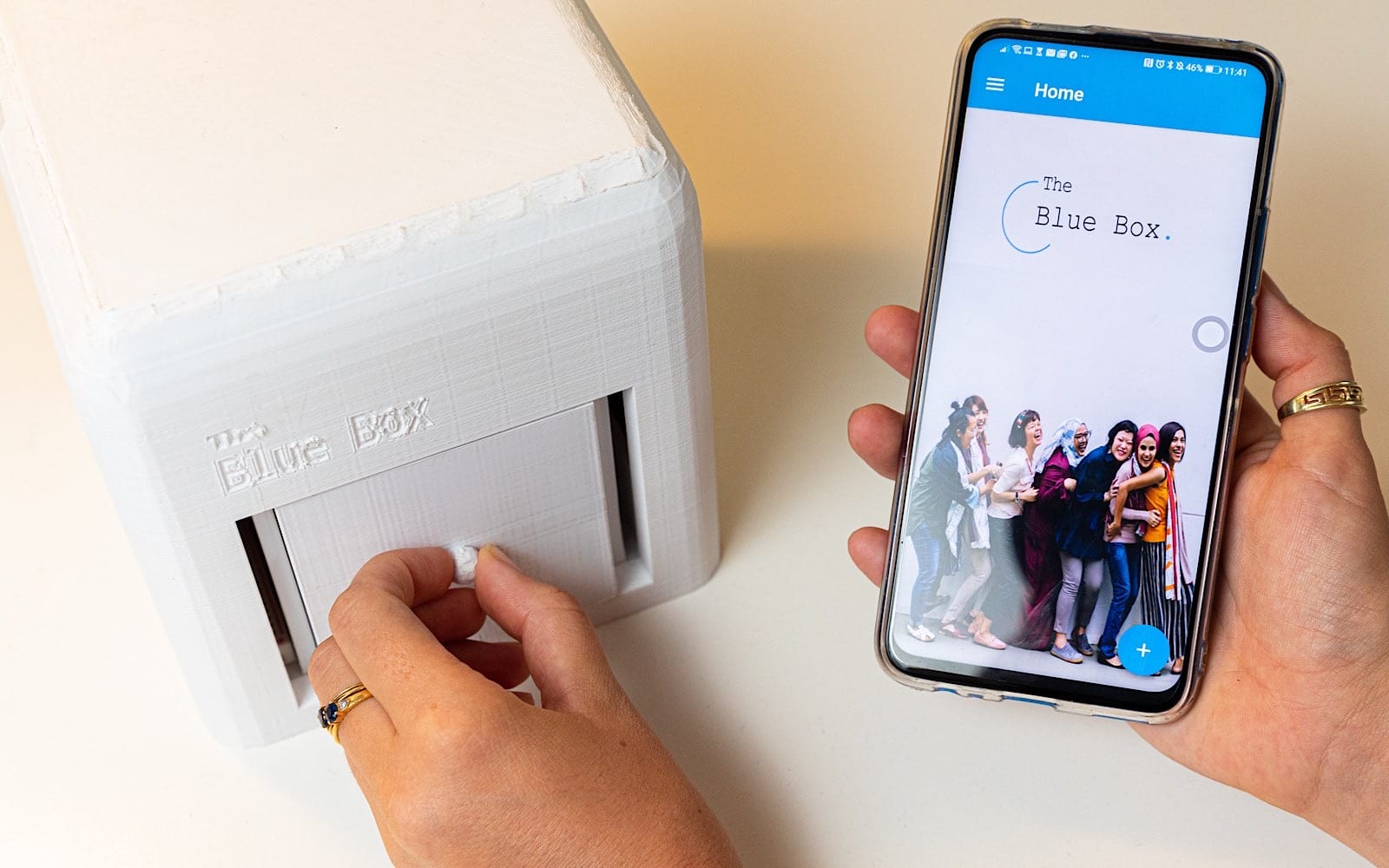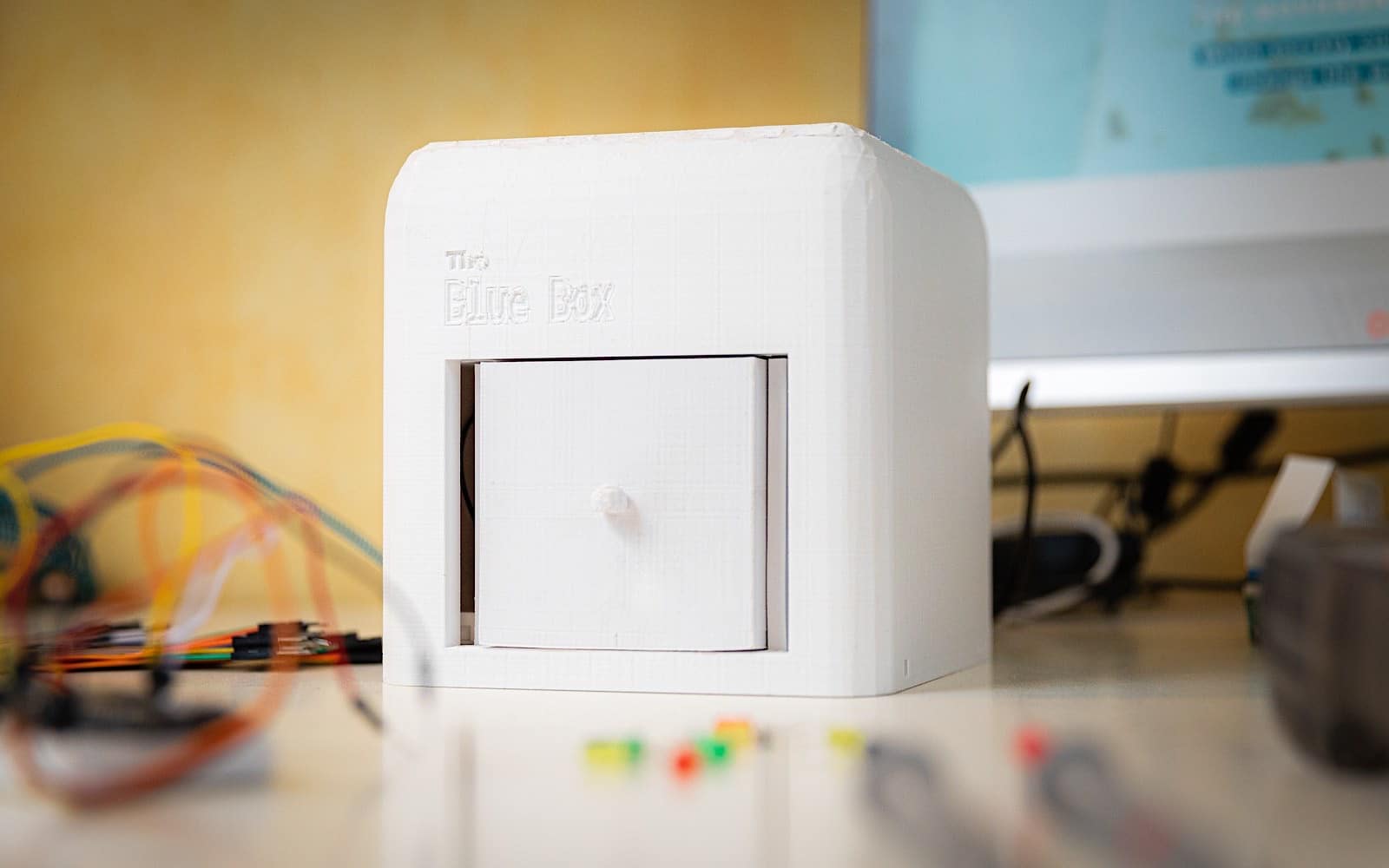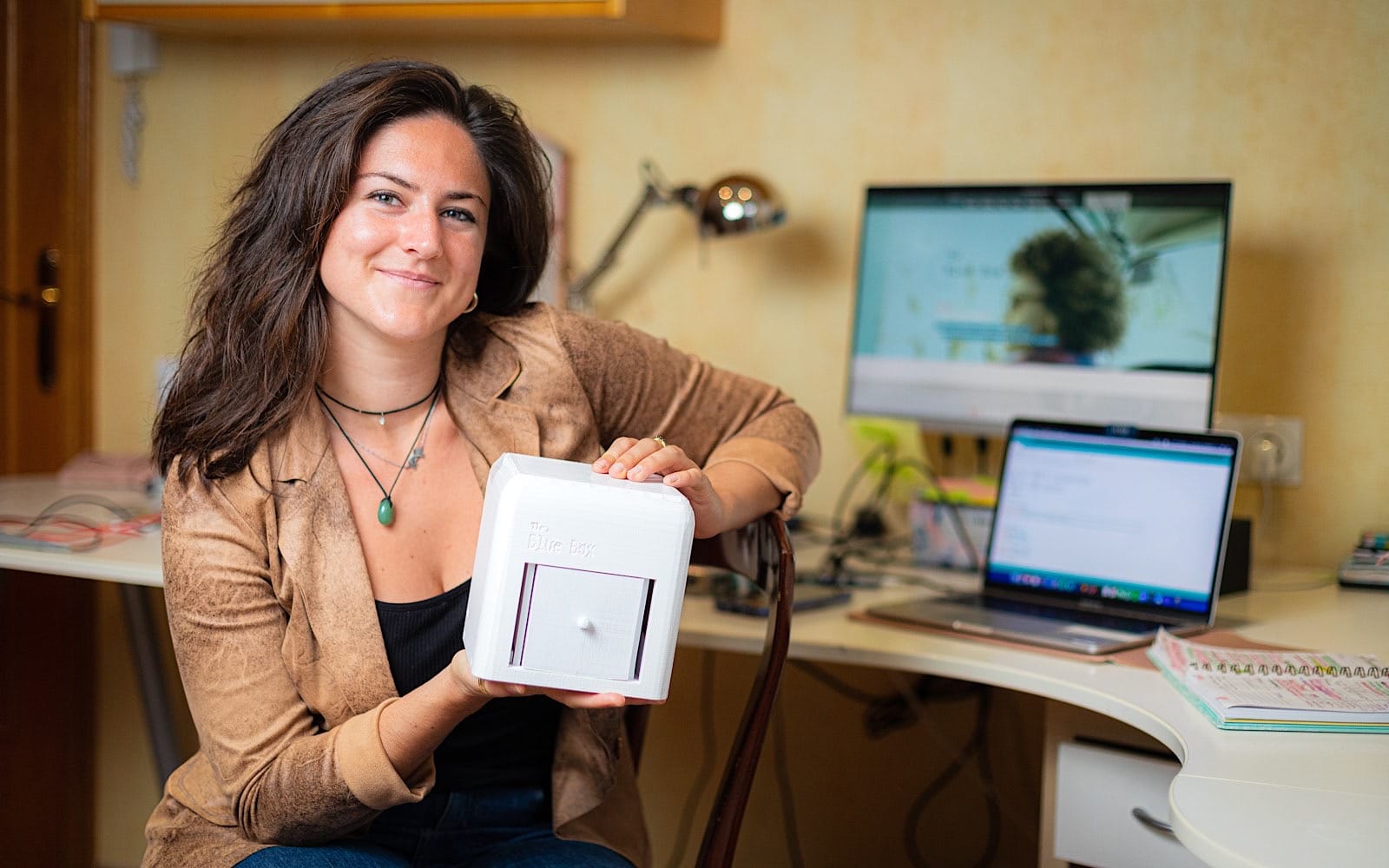The year’s young inventors have thrown their ideas into the ring, and the 2020 James Dyson Award winners have been picked. What great ideas could become realities next?
Every year, the James Dyson Award program goes on the hunt for some of the world’s best ideas from the world’s brightest young minds, and every year, we see some truly cool and interesting ideas pop up from the search. It happens the world over, with several countries, including Australia, having their own competitions before picking the best ideas to lead that country on the world stage, before the winners are picked.
Entry isn’t difficult and is open to many: you just typically have to be in university and working on an idea. Entrants are typically between 18 and 28, but the idea is what matters, and being able to prove that the idea works, and can do something. Engineers and scientists can win money for entry, but the point is more about drawing attention to the ideas, and possibly getting them into production, allowing those young inventors a bright start.
Australia has had a few winners over the years, and has seen its entrants go on to release their own gadgets, such as was the case with the Forcite helmet, but this year, no Australian is in the finalist list for the international 2020 James Dyson Awards.
But don’t let that sour you on the ideas, which genuinely could change your life in the future.
The international winner in 2020 is Spain’s Judit Giró Benet, a 23 year old who invented a new way to test for breast cancer, with an at-home device that uses an algorithm to detect signs of breast cancer in a urine sample. Developed with the University of California at Irvine, the device called “The Blue Box” performs a chemical analysis of the urine sample, sends the information to the cloud, and then uses an algorithm to focus on specific markers to look for, sending the information back to an app, which can tell them whether the information is positive.
“The Blue Box has the potential to make cancer screening a part of daily life. It can help to change the way society fights breast cancer to ensure that more women can avoid an advanced diagnosis,” said its inventor, Ms Benet.
“The day that James Dyson told me that I had won the International prize was a real turning point as the prize money will allow me to patent more extensively and expedite research and software development I am doing at the University of California Irvine. But, most of all, hearing that he believes in my idea has given me the confidence I need at this vital point.”
The Blue Box is joined by a winner in a sustainability prize in the 2020 James Dyson Award from The Philippines, Carvey Ehren Maisie, who has developed a material made from waste that can convert UV light into energy.
Called AuREUS, early testing of the technology suggests it can turn more solar energy into renewable energy than traditional solar panels, and may even work when not in direct sunlight.
“Young people want to change the world, and the engineers, scientists and designers who enter the James Dyson Award demonstrate that they can,” said James Dyson, Founder and Chief Engineer of Dyson.
“We have observed a growing number of ideas for healthcare and improving sustainability, and it seemed invidious to choose between such noble ideas, so we created two prizes this year, to support two equally worthy inventions,” he said.
“Judit and Carvey are highly impressive individuals who have made significant breakthroughs, I hope that they can use the James Dyson Award as a springboard to future success.”
Other winners for the 2020 Dyson Award included runner-ups from the UK and Canada, with the former developing a device that can capture particles from tires to be recycled for other things later on, while the latter developed the Scope, a lens that uses liquid crystals to make a zoom that doesn’t lose quality.
And in Australia, our national winner was a special bike designed by RMIT graduate Tim Ottaway, with “Project Flock”, a concept that uses technology to light up the human body when the bike is in motion, allowing them to become more recognisable when in motion.









